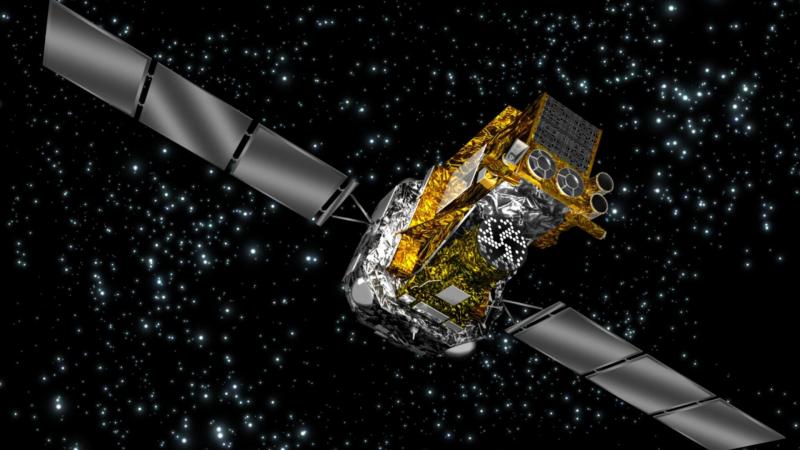Once launched, most spacecraft are out of reach of any upgrades or repairs. Mission critical problems must be solved with whatever’s still working on board, and sometimes there’s very little time. Recently ESA’s INTEGRAL team was confronted with a ruthlessly ticking three hour deadline to save the mission.
European Space Agency INTErnational Gamma-Ray Astrophysics Laboratory is one of many space telescopes currently in orbit. Launched in 2002, it has long surpassed its original designed lifespan of two or three years, but nothing lasts forever. A failed reaction wheel caused the spacecraft to tumble out of control and its automatic emergency recovery procedures didn’t work. Later it was determined those procedures were dependent on the thrusters, which themselves failed in the summer of 2020. (Another mission-saving hack which the team had shared earlier.)
With solar panels no longer pointed at the sun, battery power became the critical constraint. Hampering this time-critical recovery effort was the fact that antenna on a tumbling spacecraft could only make intermittent radio contact. But there was enough control to shut down additional systems for a few more hours on battery, and enough telemetry so the team could understand what had happened. Control was regained using remaining reaction wheels.
INTEGRAL has since returned to work, but this won’t be the last crisis to face an aging space telescope. In the near future, its automatic emergency recovery procedures will be updated to reflect what the team has learned. Long term, ESA did their part to minimize space debris. Before the big heavy telescope lost its thrusters, it had already been guided onto a path which will reenter the atmosphere sometime around 2029. Between now and then, a very capable and fast-reacting operations team will keep INTEGRAL doing science for as long as possible.
















Bravo to the ESA team!
Impressive that this thing is still going
Just like Bang and Olufsen designed their audio amps for 100KHz, space scientists build a lot of redundancy and reliability in their research spacecraft. As a benefit to them, they can get more money to “do more science” if the space craft is still operational when the initial missions are done. And should it fail early, they might not get any future funding at all…
Just think of the Mars rovers (rovii? B^)
IIRC, I read years ago, that some space craft circuits were designed with the ability to swap the power rails, for such purposes as reversing dendritic growth in components.
“A penny saved is a penny earned”. The Team just earned millions.
The smarter every day YouTube channel published a video about reaction wheels that was a pretty good explanation for the uninitiated.
https://youtu.be/7AR4yntqLsQ
He also covered reaction wheels in his more recent video about the James Webb Space Telescope.
https://youtu.be/4P8fKd0IVOs